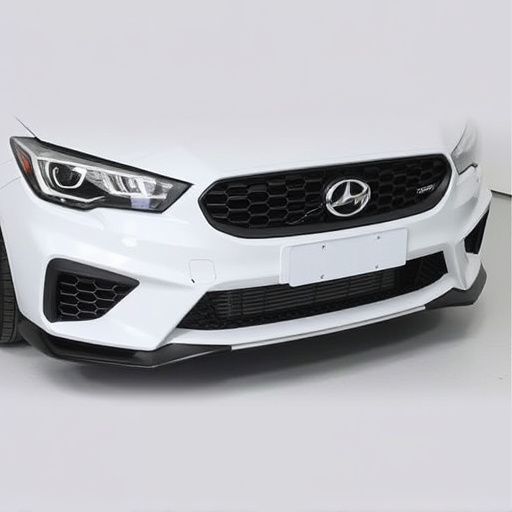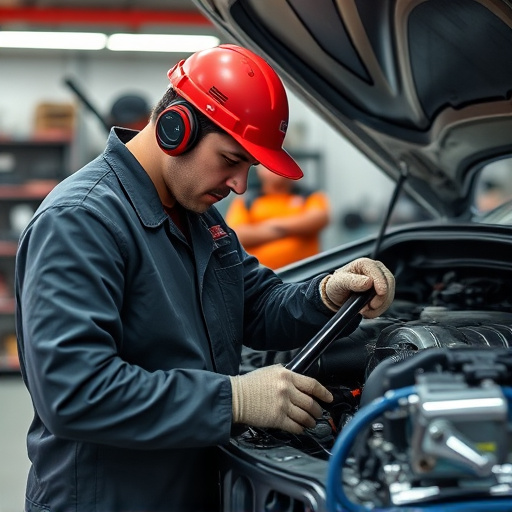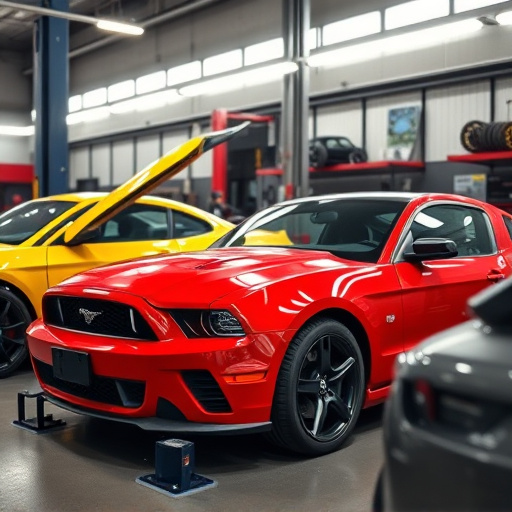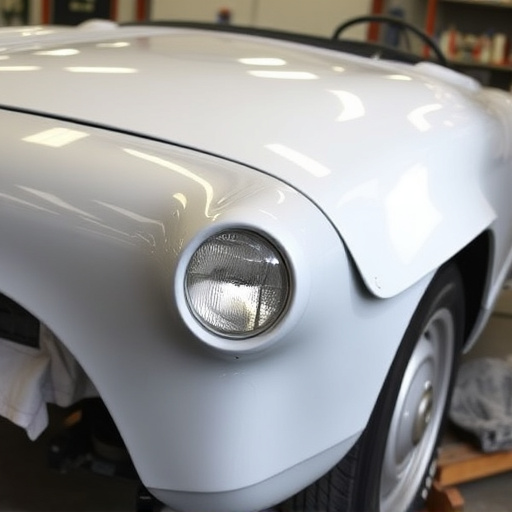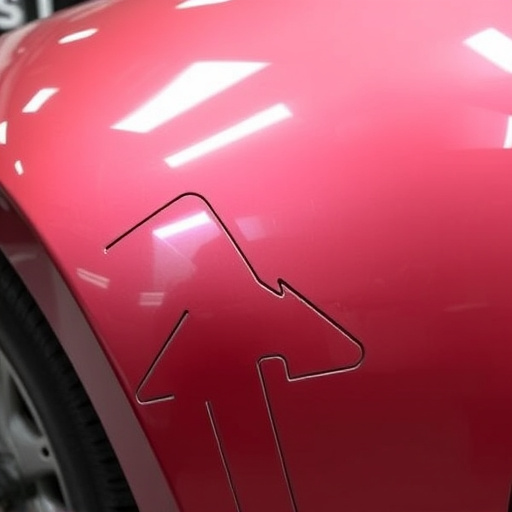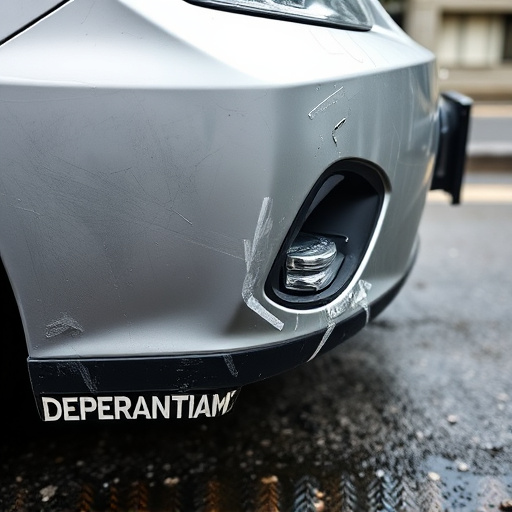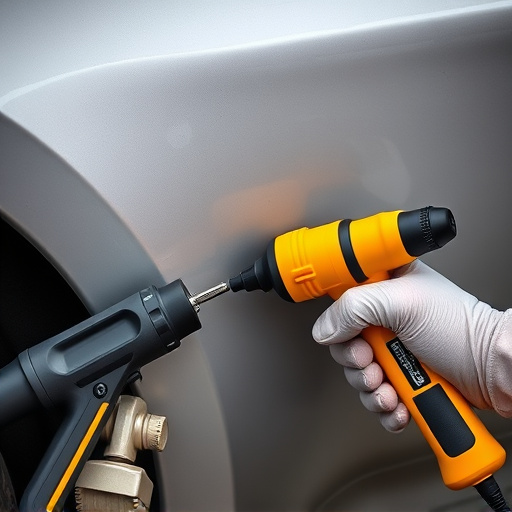Auto body insurance coverage varies across insurers who use vehicle details (make/model, age, driving history, claims) to set pricing and risk assessment tiers. These tiers influence deductibles, out-of-pocket expenses, and service eligibility like paintless dent repair or complex restoration. Understanding these variations is crucial for consumers to make informed choices, ensuring adequate coverage for their vehicle's potential collision repair needs without unnecessary costs or gaps in protection.
In the complex landscape of auto body insurance, understanding policy differences is key. This article explores the unique perspectives of insurers and the significance of coverage tiers in shaping your repair experience. We delve into how varying policies impact claims, costs, and the overall customer journey. Specifically, we focus on auto body insurance coverage, highlighting why differences matter and how they can affect your vehicle’s restoration process. By navigating these intricacies, you’ll be better equipped to make informed decisions regarding your auto body insurance choices.
- Understanding Insurer Policies: A Unique Perspective
- Deciphering Coverage Tiers: What They Mean for You
- The Intersection of Insurers and Coverage: Why Differences Matter in Auto Body Insurance
Understanding Insurer Policies: A Unique Perspective
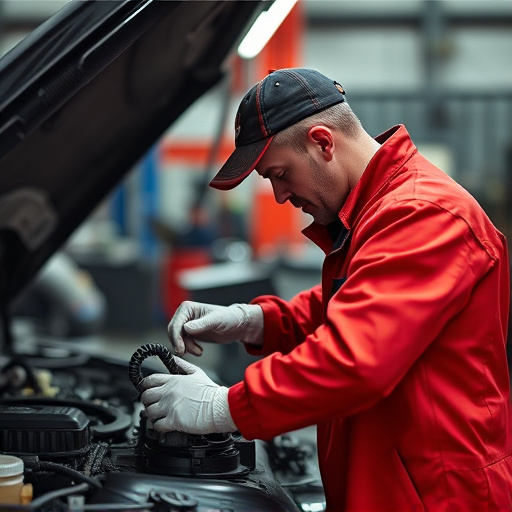
Insurer policies are not one-size-fits-all; each company offers a unique perspective on risk assessment and coverage. When it comes to auto body insurance coverage, insurers consider various factors that impact their decisions. These include the vehicle’s make and model, its age, driving history, and claims record of the policyholder. By analyzing these data points, insurers set pricing structures and determine the scope of coverage offered under different tiers.
Understanding these nuances is essential for consumers when choosing between insurers and selecting appropriate coverage levels for their vehicles, especially in cases of automotive body work or vehicle collision repair. Different insurers may have varying policies regarding what constitutes comprehensive versus collision coverage, deductibles, and out-of-pocket expenses, which can significantly impact the financial burden associated with unexpected repairs from automotive collision repair services.
Deciphering Coverage Tiers: What They Mean for You

Understanding coverage tiers is crucial when navigating auto body insurance policies. These tiers represent different levels of protection and are designed to cater to various needs and budgets. In essence, they classify the extent of financial assistance an insured person receives when dealing with automotive repair or car restoration claims.
Each tier offers a unique combination of benefits, including differing deductibles, limits on coverage amounts, and eligibility criteria for specific services like paintless dent repair or more intricate auto body shop procedures. For example, higher tiers might include comprehensive coverage that not only accounts for collisions but also natural disasters, while lower tiers may offer more limited protection focused primarily on collision-related incidents. Deciphering these tiers is key to ensuring you’re adequately covered without paying for unnecessary expenses or gaps in protection.
The Intersection of Insurers and Coverage: Why Differences Matter in Auto Body Insurance

In the realm of auto body insurance, the intersection between insurers and coverage tiers plays a pivotal role in shaping the experience of policyholders. Insurers offer varying levels of coverage designed to cater to diverse needs, from minor cosmetic repairs like scratch repair and dent removal, to comprehensive car body restoration for severe damages. Each insurer’s policies reflect their unique assessment of risk, pricing strategies, and service partnerships with repair shops.
Differences in auto body insurance coverage matter because they directly impact the accessibility and cost-effectiveness of repairs. For instance, some insurers might prioritize quick, efficient dent removal services over intricate car body restoration, influencing the choice of repair facilities. Policyholders should understand these variances to make informed decisions when selecting their auto body insurance coverage, ensuring that their specific needs for scratch repair or more extensive dent removal are met effectively and affordably.
Insurers’ distinct policies and varying coverage tiers significantly impact consumers seeking auto body insurance. By understanding these nuances, individuals can make informed choices tailored to their needs. Deciphering these differences ensures that when navigating the repair process, policyholders are prepared and protected, ultimately facilitating a smoother journey towards vehicle restoration. This knowledge empowers folks to select the ideal coverage tier aligned with their preferences, ensuring they receive comprehensive support during auto body repairs.
